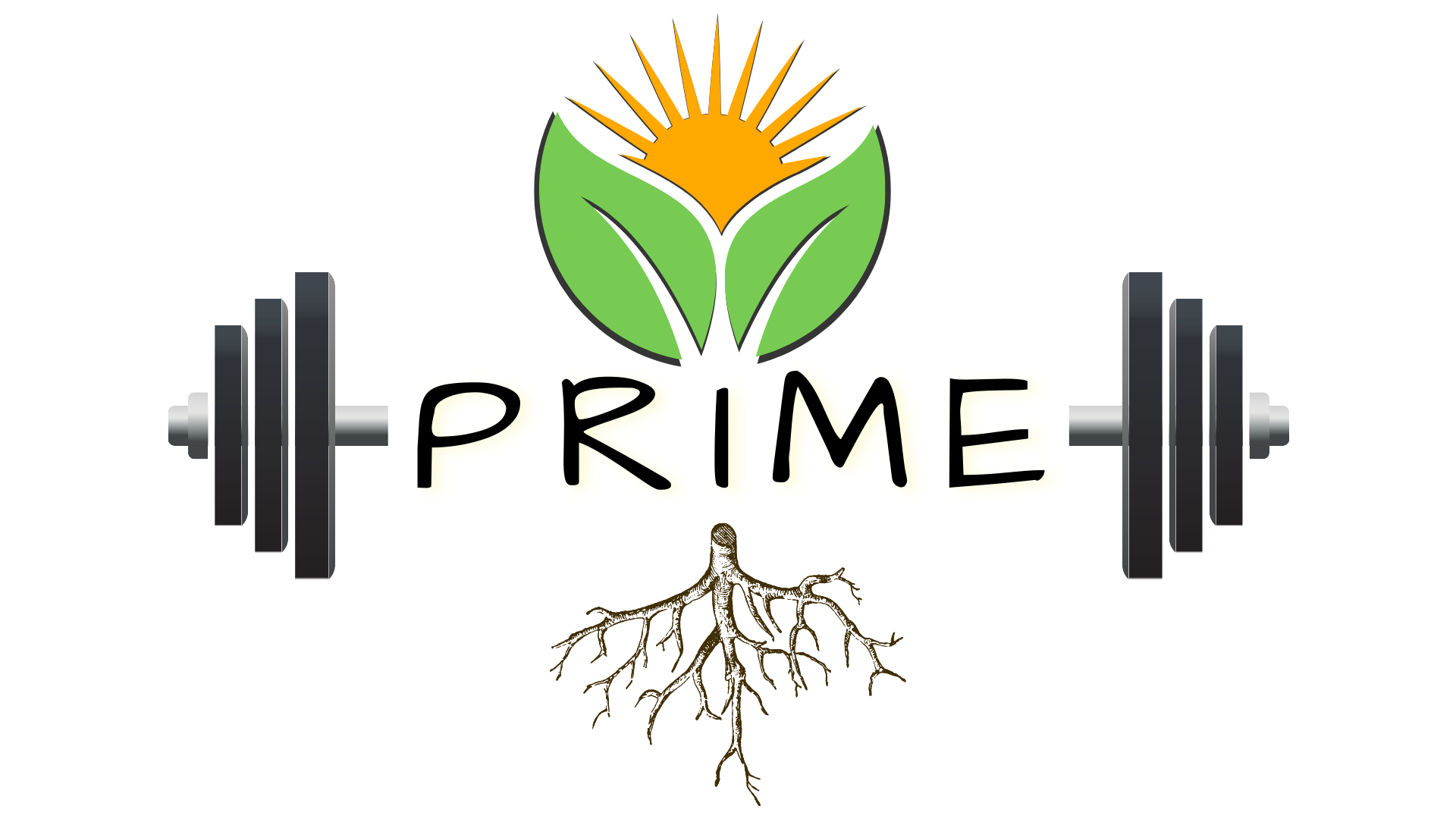Let food be thy medicine
and medicine be thy food
This quote is famously attributed to the Greek physician Hippocrates over 2000 years ago. The Father of Medicine. The practice of using food as medicine is as old as time, but recently has gone mainstream.
Consumers today are more health-conscious than ever before. With an abundance of research available, people are learning how a healthy, balanced diet can improve holistic health.
As consumers look for ways to make better food choices, companies are developing food and beverage products with added health benefits. Food has become more than just basic energy and macronutrients. In a way, it’s like a prescription for healthy living.
Over the past decade, food and beverage companies have marketed a wide range of health-promoting products that are specifically designed to maximize health benefits.
Next, we’ll go over what functional foods are and how you can include each of the three types of functional food in your nutrition plan.
What are Functional Foods?
It’s anything you consume that benefits your health and wellness beyond just basic energy, or macronutrients.
These foods have essential vitamins, minerals, antioxidants, omega fatty acids, and other compounds that work together to optimize the processes in your brain and body. It’s more than simple calories, or grams of protein, carbs, and fat. It’s a classic example of “the whole is greater than the sum of its parts”.
Technically all food is functional. Everything you eat provides nutrients to function. But functional food is good for you in a number of different ways, and can even treat, or reduce the risk of disease.
For many years, researchers have studied the health benefits of eating certain foods as part of a well-balanced diet. Things like: fruits, vegetables, fish, and whole grains are the foundation of any good meal plan.
It’s worth noting that functional food itself is not anything new, but functional food as a marketing term is relatively new. Part of what gives these words meaning is the marketing behind it. The FDA limits what food companies can claim on the label as far as potential health benefits.
To understand how companies market these products, it’s important to know each of the three different categories: conventional foods, modified foods, and food ingredients.
Three Categories of Functional Food
Conventional Food
Anything in its natural form that promotes health beyond its basic nutrients. Things like whole grains, salmon, fruits and vegetables. All of these conventional foods are healthy options that, when eaten as part of a balanced diet, can prevent or treat illness.
Take oatmeal, for example:

Oatmeal is a slow-digesting carb that’s good for your fitness goals. But more importantly, it can prevent the risk of heart disease, high blood pressure, and diabetes. It contains beta glucans, a type of fiber that’s linked to better heart health and lower cholesterol.
In order to get health benefits from conventional foods, you need to eat them as part of a balanced diet. You can’t just eat a bunch of oatmeal and expect to improve your health. In the same way that you can’t add a bunch of sugar to your oatmeal and expect to lower your risk of diabetes. It’s not the oatmeal itself that fixes your heart health and cholesterol. It’s how the oatmeal fits into everything else you eat.
That’s why conventional food is not the same as medicine. It’s not like taking a pill to make a headache go away. Using food as medicine is not about eating anything specific. It’s about the totality of everything you eat.
For example, consider Omega-6 fatty acids. There are four types of Omega-6. All are essential for heart health, but your body can’t produce Omega-6 on its own. That means you have to get it from conventional foods like: seeds, nuts, and plant oils.

The thing is, Omega-6 is in a lot of food that I wouldn’t consider as being healthy. French fries are loaded with Omega-6. But many would agree that french fries are not the healthiest option. This emphasizes the fact that, by itself, Omega-6 is not like medicine that can prevent, or treat illness. What matters is how Omega-6 fits into your overall diet.
Most people eat too much Omega-6 and not enough Omega-3. This imbalance can lead to negative health issues. If you eat the right balance of Omega-6 to Omega-3, that’s when you get the actual benefits of both. If you eat foods containing both Omega-6 and Omega-3, it can lead to better health.
But if you eat Omega-6 with a bunch of sugar and refined carbs, that pretty much cancels out any additional health benefits. Using conventional food as medicine is more about your diet as a whole, rather than any specific food you’re eating.
Modified Food
Unlike conventional food, modified food is not in its natural form. Essential compounds are added to boost the overall health value of the food. This food is modified with ingredients like vitamins, minerals, and probiotics.
An example is breakfast cereal that has been fortified with vitamins and minerals to prevent nutrient deficiencies. Adding this to the cereal changes how the food interacts with your body, and ultimately promotes better health. Another example is coffee creamer that has prebiotic fiber added to feed the “good bacteria” in your gut.
Prebiotics and probiotics promote a healthy gut. This is important for maintaining a strong mind to body connection. A healthy gut improves mental and physical wellness. Poor gut health causes inflammation, which can lead to worsening symptoms of anxiety and depression. Also, research shows that maintaining a healthy gut-microbiome can reduce the risk of brain disease.
These are just a couple of examples of modified food products available today. Modified functional food is a direct result of companies responding to rising consumer demand. The pandemic has fueled awareness of how important a strong immune system is.
Overall, more people understand the value of holistic health. As a result, consumers now have more modified food options than ever before. As we uncover more about the link between nutrition and medicine, we’re going to see many new food and beverage products in the years ahead.
Food Ingredients
Food ingredients represent the link between food and supplements. Functional food ingredients are derived from natural sources, but they’re taken as supplements rather than food. The most obvious difference is the way that you consume the product.
An example is greens powder that you mix with water:

It’s Ioaded with ingredients that are essential for your health. But the difference here is that you take it as a supplement, not a meal. You wouldn’t just drink the powder greens and call it good. It still has to supplement real food to have any positive effect.
Similar to how conventional food impacts your health, food ingredients alone cannot fix a poor diet. Food ingredients and supplements are not a magic pill that can cure or prevent disease.
The key is to supplement a well-balanced diet. By definition, a supplement adds value to your nutrition plan, but by itself, does not lead to better health.
Same thing goes for gym supplements. Taking creatine by itself does not build muscle and strength. But adding creatine to a solid meal plan and training regimen is what gets you the results.
Conclusion
Even though Hippocrates said, “let food be thy medicine…” and vice versa, he wasn’t saying that food should replace medicine, by any means. Both food and medicine have their place in promoting wellness.
But when you consider the amount of evidence that shows how healthy eating can optimize your wellness, you can see a strong case for using food as medicine.
As consumers are becoming more health-conscious, food companies are putting more into research and development of modified food and functional food ingredients. The three main drivers for current functional food research are:
- Rising healthcare costs
- Increased awareness of the importance of holistic health (mind, body, and spirit)
- More scientific evidence on the link between nutrition and health, specifically as treatment or prevention of chronic illness.
Each of the three categories affect us in different ways. Conventional foods are naturally healthy and should make up the bulk of your diet. Modified foods simply combine conventional food with essential compounds to enhance its overall health benefits. Lastly, functional food ingredients are compounds that can be used to supplement your diet to help you to maximize every possible health benefit.
